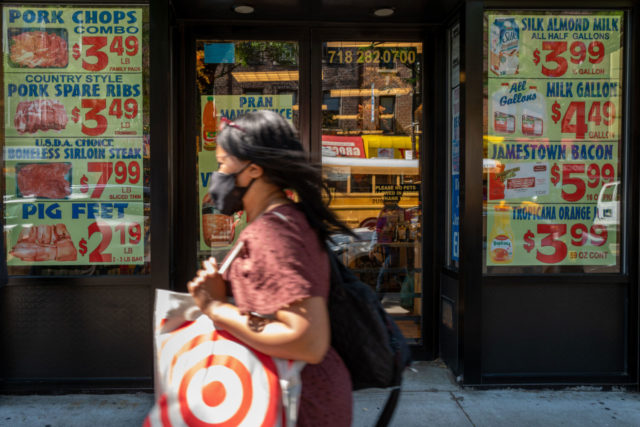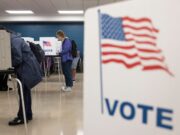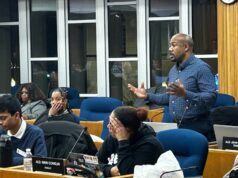
By Tami Luhby, CNN
(CNN) — Many Americans are struggling to cope with higher prices for food, gas, housing and other essentials. But inflation has taken an even heavier toll on certain segments of the population.
Black and Hispanic Americans have been grappling with higher inflation rates than the national average since prices began surging in March 2021, according to a recent analysis from the Federal Reserve Bank of New York. That’s a shift from the pre-pandemic period, when Black and Hispanic Americans’ inflation rates were at or slightly less than the national average.
To determine the different inflation rates across demographic groups, New York Fed researchers used the Bureau of Labor Statistics’ Consumer Expenditure Survey to see how different racial and ethnic groups spend their money. They also factored in the price hikes for the various goods and services.
For instance, Hispanic and Black Americans spend relatively more on transportation — including gas and used cars, both categories where prices have soared — and relatively less on entertainment and health care than White and Asian Americans do, the researchers found.
Prices for most goods have surged in recent months due to pandemic-related supply chain constraints and the fallout from Russia’s invasion of Ukraine. Inflation is rising at its fastest pace in 40 years.
The annual inflation rate for the major categories of consumption the New York Fed looked at was 9.2% in May, somewhat higher than the 8.6% reading for the Consumer Price Index that’s typically used.
However, adjusted for spending levels, the inflation rate for Hispanic Americans was roughly 0.6 percentage points higher than the overall rate researchers constructed. For Black Americans, it was about 0.2 percentage points higher.
The rate for White Americans was very close to the overall rate the Fed constructed, while for Asian Americans, it was about 0.5 percentage points less.
Notably, these spreads are more than twice as large as they were in 2019, though at that time Black and Hispanic Americans experienced slightly lower inflation than the national average and Asian Americans slightly more.
The current inflation disparities among different demographic groups, however, are probably even larger than the analysis found, according to the researchers. Different groups likely pay different prices for the same items, and Black and Hispanic Americans likely face higher price growth.
Employment is a different story
Black and Hispanic Americans have fared better when it comes to the jobs recovery after the pandemic-fueled economic downturn in the spring of 2020, an earlier New York Fed analysis found.
That study focused on the employment-to-population ratio, which looks at the share of those working compared to the total number of people, for the 25-to-54 age bracket.
When Covid-19 first upended the economy, Black and Hispanic Americans lost their jobs in greater numbers. This widened the employment rate gap to 6 percentage points or more for both groups, compared to the average American.
By contrast, in February 2020, the spread was 4.4 percentage points for Black Americans and 2.3 percentage points for Hispanic Americans, the analysis found.
But by May 2022, the gap for Black Americans was 3.3 percentage points, less than it was prior to the pandemic. For Hispanic Americans, the differential was 2.6 percentage points, just above its pre-pandemic spread.
This contrasts with the job market recovery after the Great Recession. Employment rates took nearly a decade to return to their pre-downturn peak, both on average and for Black and Hispanic Americans.
The researchers did not delve into why the employment rate gap narrowed so quickly in the current recovery. But the labor market has been very tight, making it easier for many people to find jobs.
The-CNN-Wire
™ & © 2022 Cable News Network, Inc., a WarnerMedia Company. All rights reserved.

































